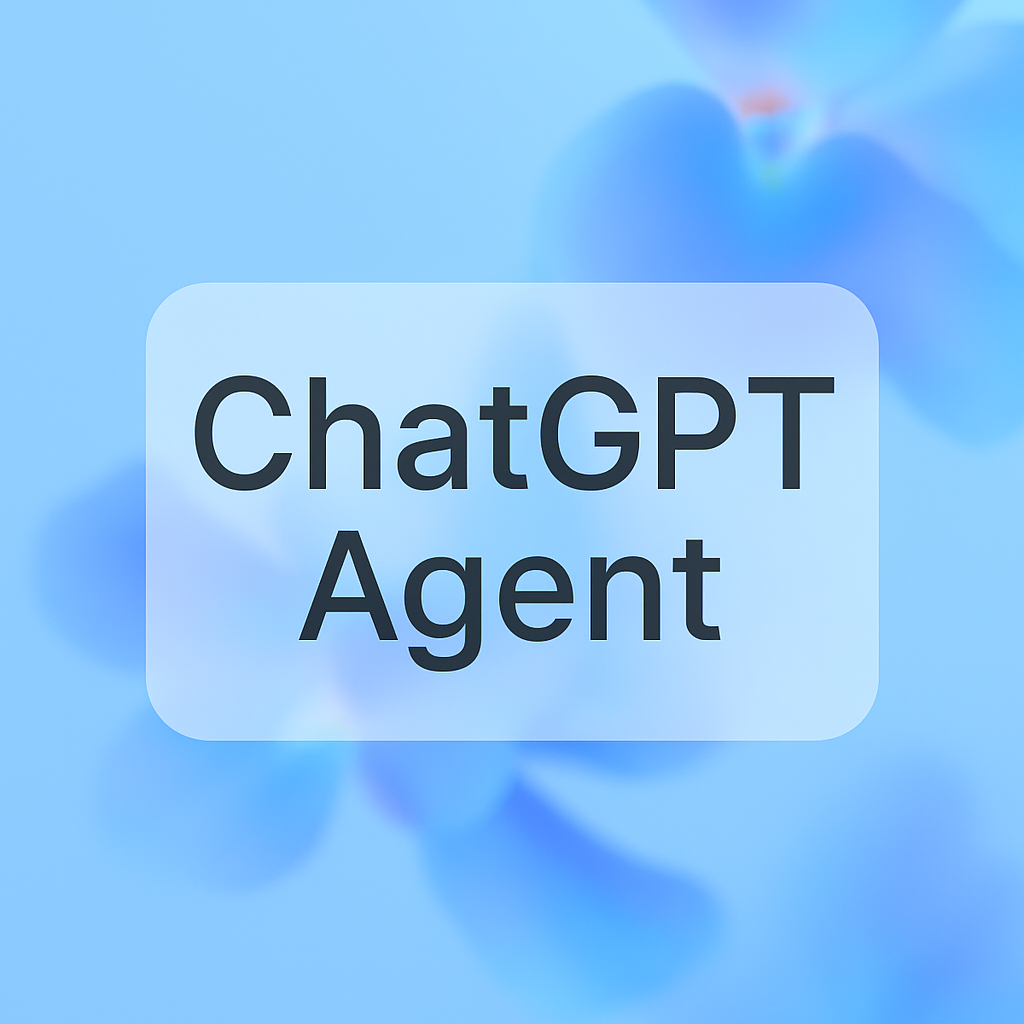Among other things, artificial intelligence can streamline the process of preparing presentations. We’re not even talking about just preparing the slides. The key to public speaking is, after all, the effectiveness of the message, which is measured by what actually remains in the audience’s memory after the presentation ends.
Presentations that stick in your memory
According to studies by Hermann Ebbinghaus, who described what’s known as “forgetting curve” by the end of the 19th century, it turns out that without repeating material, we remember only about 30% of new information after 24 hours. Modern sources confirm these ratios. What’s more, studies suggest that a week later, the percentage of retained information can drop to even 10%.
If we were to measure this percentage in terms of information remembered from business presentations that should been e-mails, well, the conclusions speak for themselves.
So how do you create a memorable presentation?
Of course, assuming it’s not about a topic that could’ve been addressed by e-mail.
- Use slides that have a clear structure and minimal text. The content should be delivered verbally, and slides should show what words can’t capture.
- Find a catchy theme that will streamline the presentation.
- Ensure appropriate and effective visual elements that enhance a positive reception.
- Clearly define the goal you want to achieve through the presentation.
And when in comes to making decent slides, tools like Gamma AI or Copilot in PowerPoint can help you out.
Comprehensive approach: from idea to execution
However, experienced presenters know that an effective presentation is more than just showing pretty slides.
In response to this need, CampusAI offers the new course “Presentations with AI”, led by Bartosz Dobrowolski, an expert with over 20 years of experience and Head of AI Enablement at CampusAI. The course teaches how to use artificial intelligence at every stage of the creative process—from defining the goal, through collecting data to polishing the final version.
A holistic approach to AI-assisted presentations
The key element is using AI as a partner, not just a tool for creating presentations. In this course, I actually learnt more about:
- Precisely defining the goal of the presentation and using AI to analyze the context and communication style.
- Gathering data more effectively, while automating the process of searching for and analyzing information from various sources.
- Identifying the main theme, which means generating metaphors and analogies that make the presentation cohesive and memorable.
- Organizing thoughts and using proven narrative patterns in presentations, such as the 3×3 method.
- Designing visually, for example generating original images and visualizing data to enhance the message.
AI perspectives in the art of presentation
Artificial intelligence can’t replace human creativity or the empathy needed for effective communication. It can automate tedious tasks, inspire us to think outside the box and help organize our thoughts.
Significantly, this technology democratizes access to professional presentation tools. People who don’t have a background in design or rhetoric can now create presentations at a level that was only available to specialists in the past.However, as with any technology, critical thinking and conscious use are still essential. AI can suggest structure and visualizations, but it’s people who are responsible for the authenticity and emotional impact necessary for establishing a true connection with audiences.






